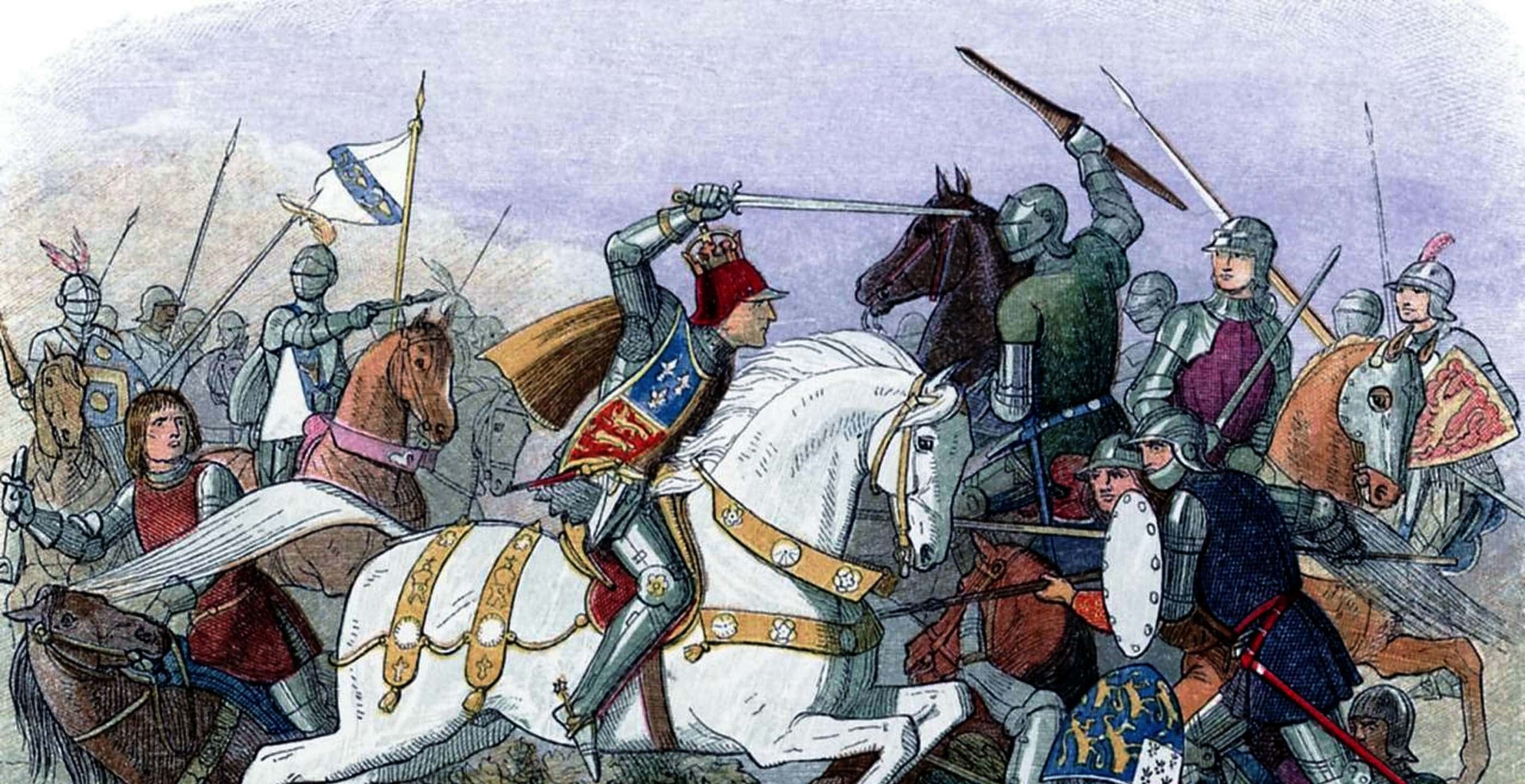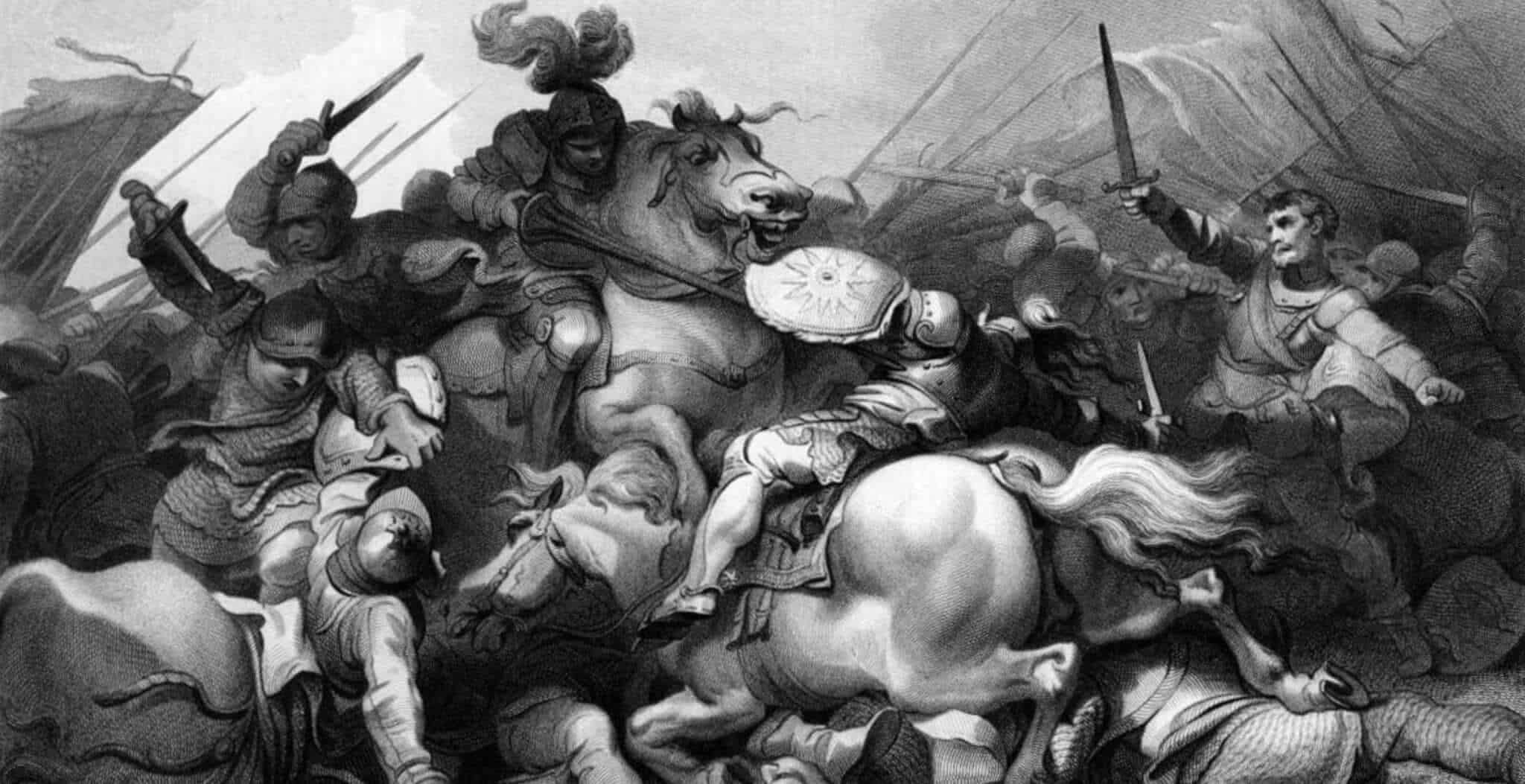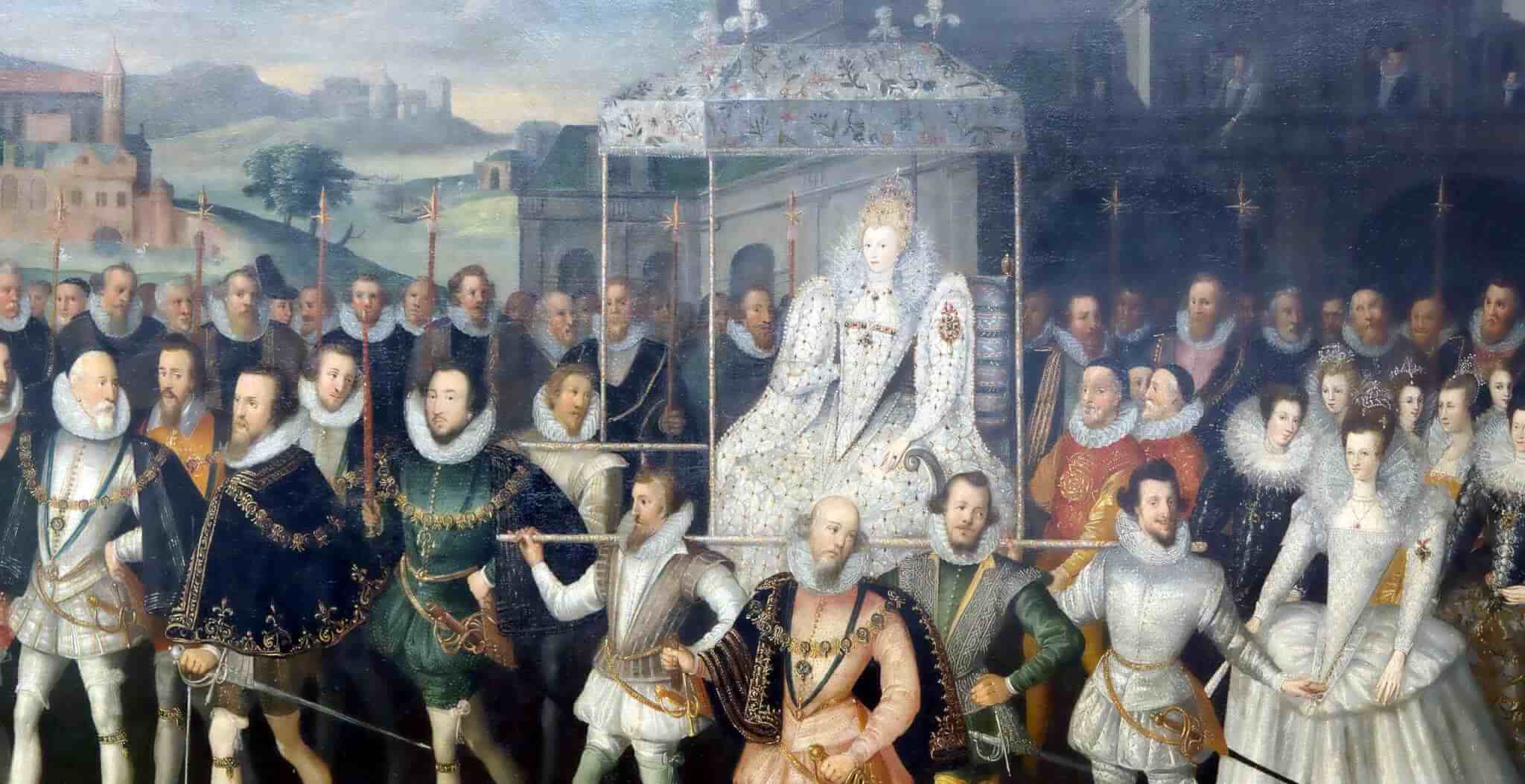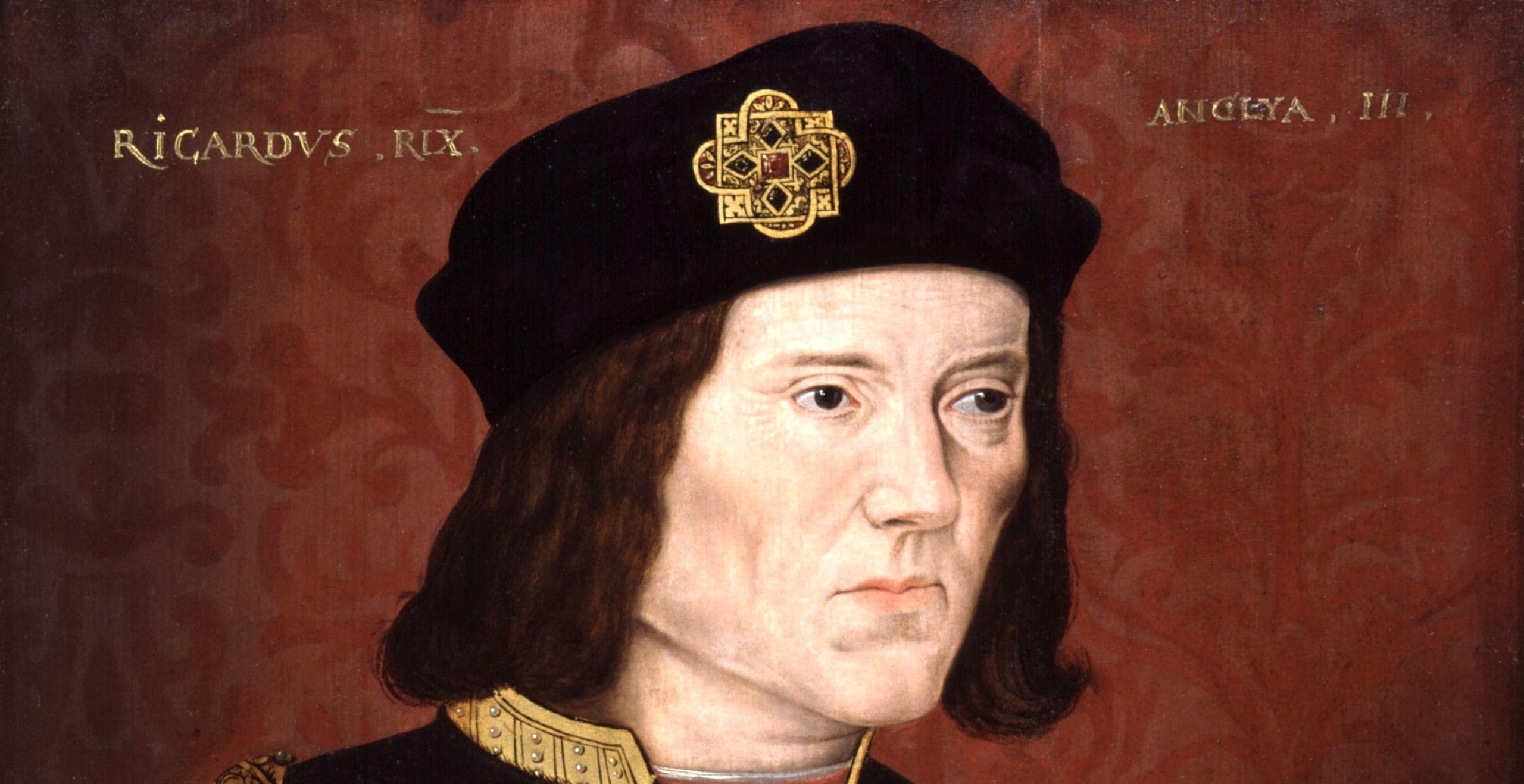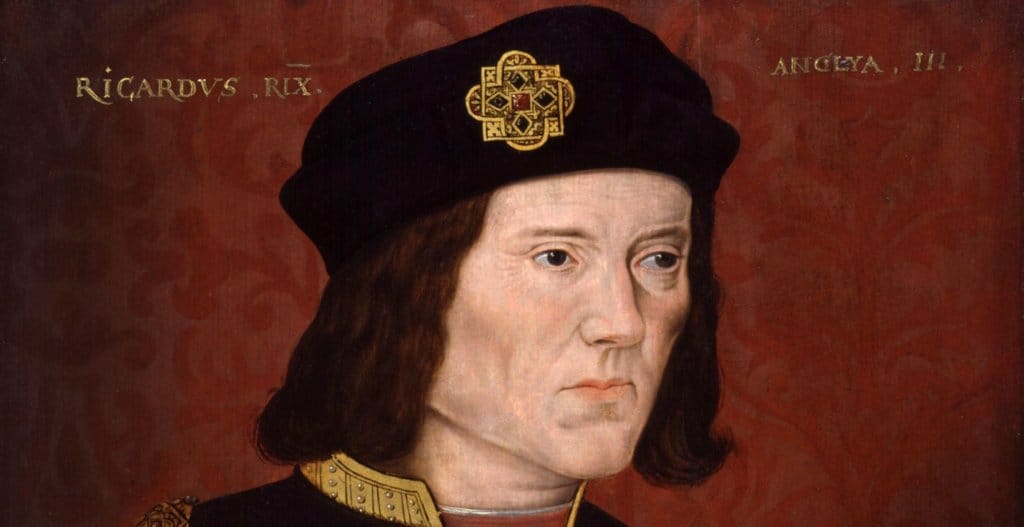Isotopic analysis has greatly expanded our knowledge of the past. Isotopes, put simply, are variations of elements based on the number of neutrons. Different numbers of neutrons will yield different atomic masses which can be identified by a mass spectrometer. Isotopic ratios allow archaeologists and historians to date objects as well as provide key insights into past climates, diets and migration patterns.

An interesting case study for the use of isotopes is that of Richard III whose skeleton was discovered in a car park in the English city of Leicester in 2013. The skeleton displayed the distinguished spinal curvature the king was famous for as well as pathologies that suggest a violent death. Shortly after the skeleton’s discovery, there was disagreement amongst historians of whether it belonged to the last Plantagenet king. Luckily, isotopic analysis was on hand to help resolve this issue.
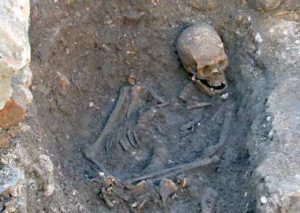 The skeleton of King Richard III as it was found.
The skeleton of King Richard III as it was found.
The best-known use of isotopes in archaeological research is radiocarbon dating, a radiometric dating method used on carbonaceous (organic) materials such as wood and bones/teeth up to 60,000 years old. Carbon has three isotopes: 12C, 13C and 14C. 12C and 13C are stable isotopes meaning that the number of electrons, and therefore the atomic placement, does not change overtime. 14C is a radioactive isotope meaning that over time electrons decay to a stable form (in the case of 14C to the non-radioactive 14N) at a constant rate, a process termed nuclear decay. The half-life, when 50% of radioactive isotopes have decay to a stable variant, of 14C is 5730 years. This relatively short half-life makes it an ideal dating method for archaeologists and historians.
14C makes its way into human remains via diet. 14C is formed by cosmic rays interacting with nitrogen (N) in the upper atmosphere. The newly formed 14C is then absorbed by plants by photosynthesis and is then transferred on to animals that eat them and then on to animals that eat them so on and so forth.
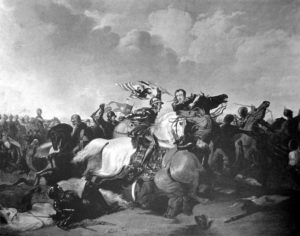
Radiocarbon dating of the bones by Oxford University yielded a date of death between 1412-49 CE, and the Scottish Universities Environmental Research Centre gave a date of 1430-60 CE. Both sets of dates are much older than the Battle of Bosworth Field, 1485 CE when Richard III died. This may seem like the end of the debate but organisms further along the food chain (higher tropic levels) are depleted in 14C. Because of this, marine animals incorporate “dead” carbon and this can give radiocarbon dates up to 800 years older than the actual time of death in a process known as the marine reservoir effect. This “dead” carbon is then passed on to individuals with a diet high in fish and other marine life giving them much older radiocarbon dates.
Stable isotope analysis of 15N, which gives off a distinctive signal if the diet came from a marine source, suggests that seafood made up a substantial part of his diet – that in of itself is indicative of a high-status individual. As discussed previously, marine foods are depleted in 14C thus “dead” carbon became incorporated in his bones and teeth giving radiocarbon dates much older than the actual time of death. The marine reservoir effect is corrected by analysing stable isotope ratios, and the recalibrated date of the skeleton was 1450-1530 CE which overlaps the date of Richard III’s death. This is not conclusive proof that the skeleton found in the carpark belonged to the last Plantagenet king but this, coupled with DNA evidence, certainly makes a compelling case.
About the Author
Jack Wilkin is a graduate researcher at the Camborne School of Mines in the United Kingdom. His research focuses on the isotopic geochemistry of fossils from the Jurassic of Germany for palaeoclimate studies.
